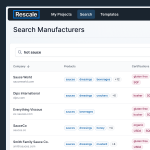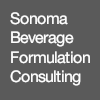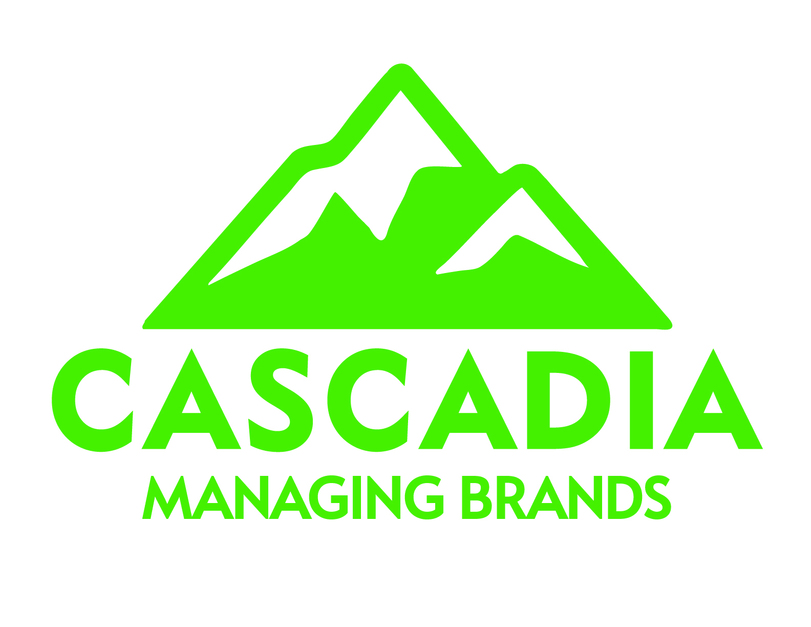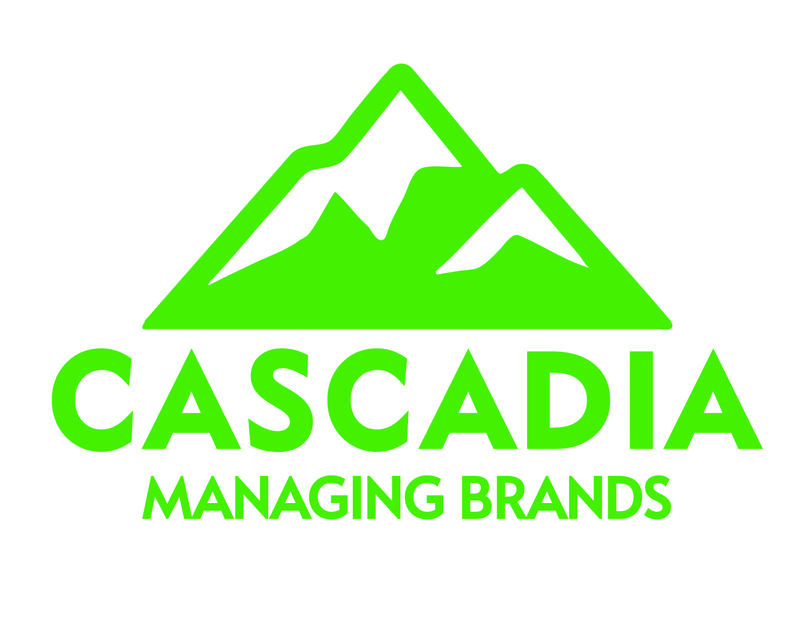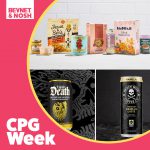A Bite With…Stride Consumer Partners Operating Partner Paul Kenny
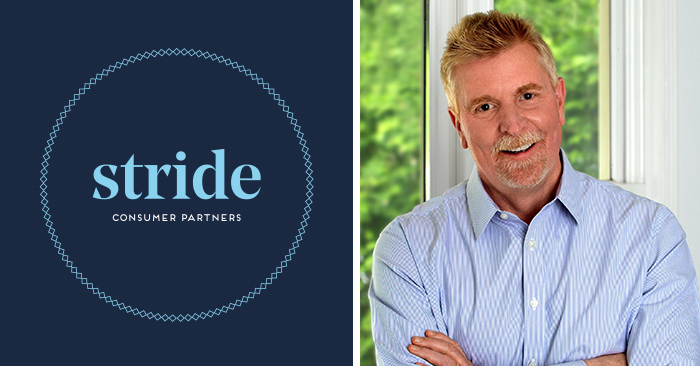
Paul Kenny is no stranger to CPG, having cut his teeth working in sales with multinational companies Nabisco and Procter & Gamble to, more recently, being on the pre-acquisition teams at both Yasso — where he served as COO — and, before that, KIND, as EVP.
Kenny’s expertise has led him to his current position as operating partner at Stride Consumer Partners where he is leading the food and beverage category of the private equity (PE) firm’s portfolio.
Boston-based Stride Consumer Partners was founded in 2019 by former partners of consumer focused PE firm Castanea Partners, including Tom First, the founder of Nantucket Nectars and Culture Pop. Stride is currently invested in a number of CPG brands from apparel to beauty to food and beverage, including Chomps and Serenity Kids.
Kenny talked with Nosh about how he is using his professional experience in advising portfolio brands, the best practices to scaling a business and why he is learning to be more patient in his new role.
How does it feel to move from an operator role to the other side of the table as an investor?
Frankly, it feels awesome. I’ve spent over 35 years in what I call in “The Arena,” on-the-ground, in the battle, and I’ve wanted to get out of that realm of work and get into a place where I can be adding value by sharing some of my wisdom.
I had the luxury of spending half of my career with big blue chip CPG companies who have tons of resources. I spent the second half of my career with small cap companies who don’t have the time to maturate. They need to move quickly into the battlefield and begin to demonstrate really strong results. Big companies have lanes. Operations does its job. Sales does its job. Marketing does its job. In small companies, everyone needs to share in the workload.
When you sit down with an early-stage company what are some of the first things you focus on to lay groundwork for successful growth?
Build the team. I call it broad shoulders. These people that we’re building the company with need to be able to do a lot of things when they sit in front of Walmart or Costco. They need to not just be salespeople, marketers and operational experts. They need to represent the span of functions of the entire company. These folks need to contribute on day one because there’s no time and there’s no patience with customers for not delivering the growth agenda that you’ve committed to. You need to move fast, and you need to find people that you can count on right away to start delivering.
Once a good team is onboard, what is the next step?
Arm the team with category vision. When you sit down in front of a customer, what they really need to see is where the category is going in the next three to five years. What does it mean for them to get a piece of that growth, and what can your brand do to help them.
That’s how you get the attention of the higher-level leaders of a Kroger and a Walmart. You’re now leading with your brand as a solution to the opportunity for that customer; you’re not just talking about the brand and flavors, but understanding their agenda and how your brand can help fulfill that agenda.
Whether big or small, companies are always looking to improve margins. Do you have a key to becoming a profitable business?
If you can take price and it’s justified, you need to take price. As scary and as intimidating as it can be, your ability to stay ahead of commodity increases and not get caught in the tidal wave of escalating inflation is important to fueling your business.
You also need to drive out inefficient costs. If you are running trade promotions that are not yielding a good result, stop running them. The last is to eliminate distributor markups – if you’re paying 18% to 21% on markups, that needs to be negotiated down to much more manageable levels. It’s a wasted cost. Do as much analytics as you can to drive out inefficient costs and make sure that your prices are respective of the cost of doing business.
It can be difficult to transition from being the decision maker to a consultant or board member. How have you approached your new role where you have less say over the ultimate direction a business takes?
When I first started, one of the partners at Stride talked about IQ (intelligence quotient) and EQ (emotional quotient). You need to have the IQ to know what you think is the right direction to go, but the EQ to read the room.
Before I got out, I would set the strategic direction and the company would move that way. Now, it requires more patience. It requires a lot more listening so you truly can understand the challenges that the company is facing. Once you really understand the nature of the challenge, you may actually find that your direction may not be the best. Perhaps they are moving in a way that makes the most sense for them and you need to allow them to make mistakes. Just don’t allow it to be catastrophic.






